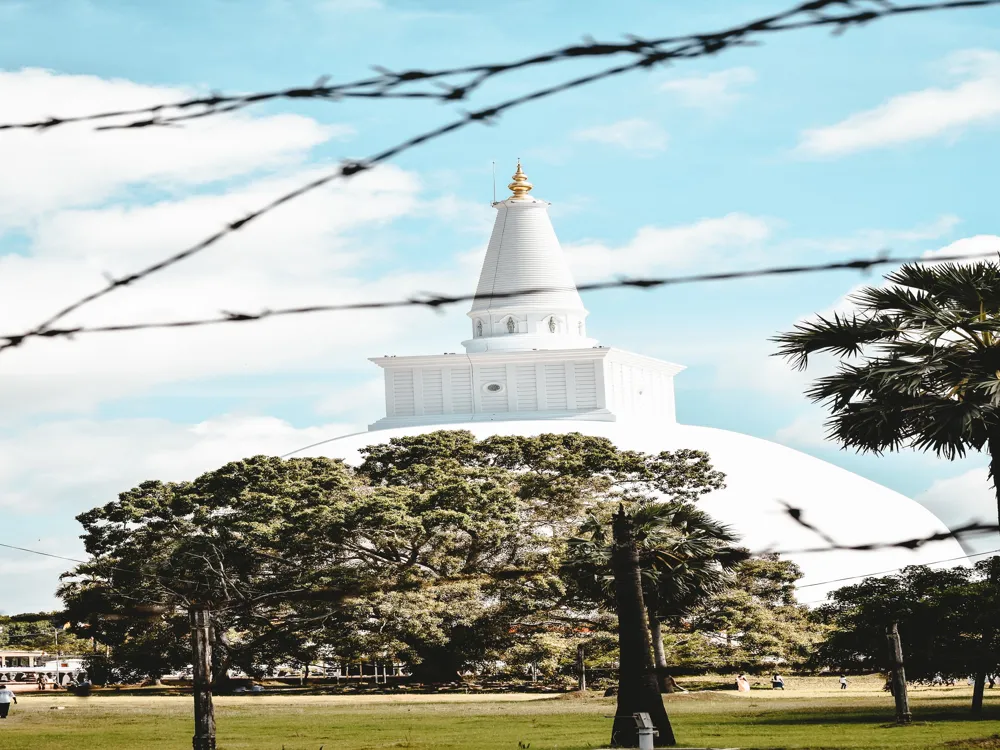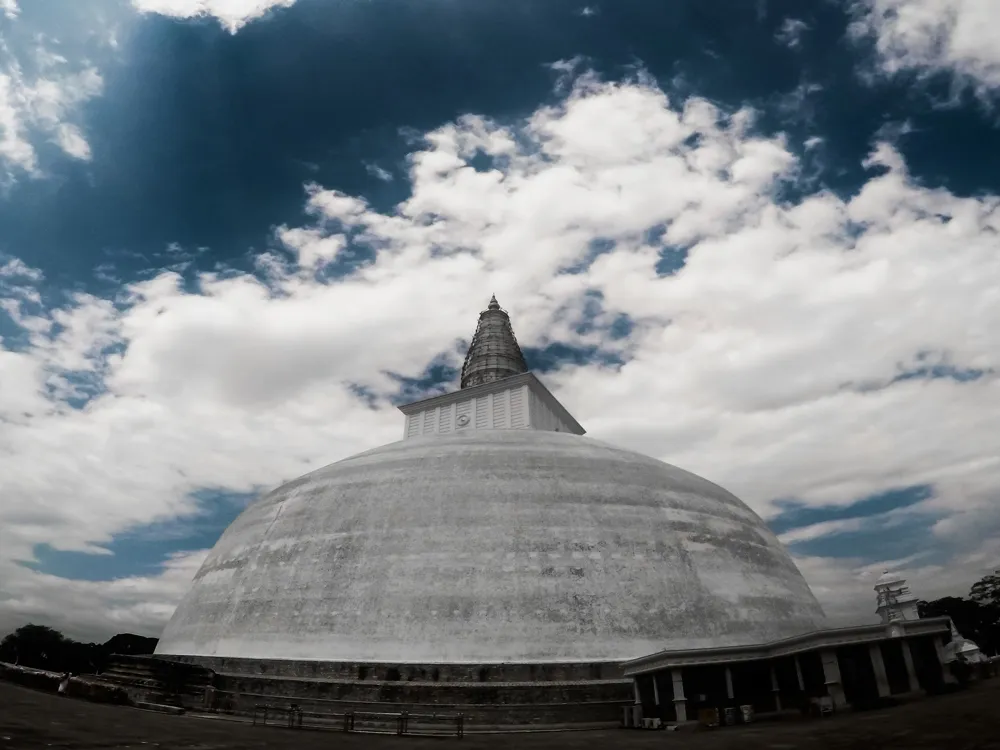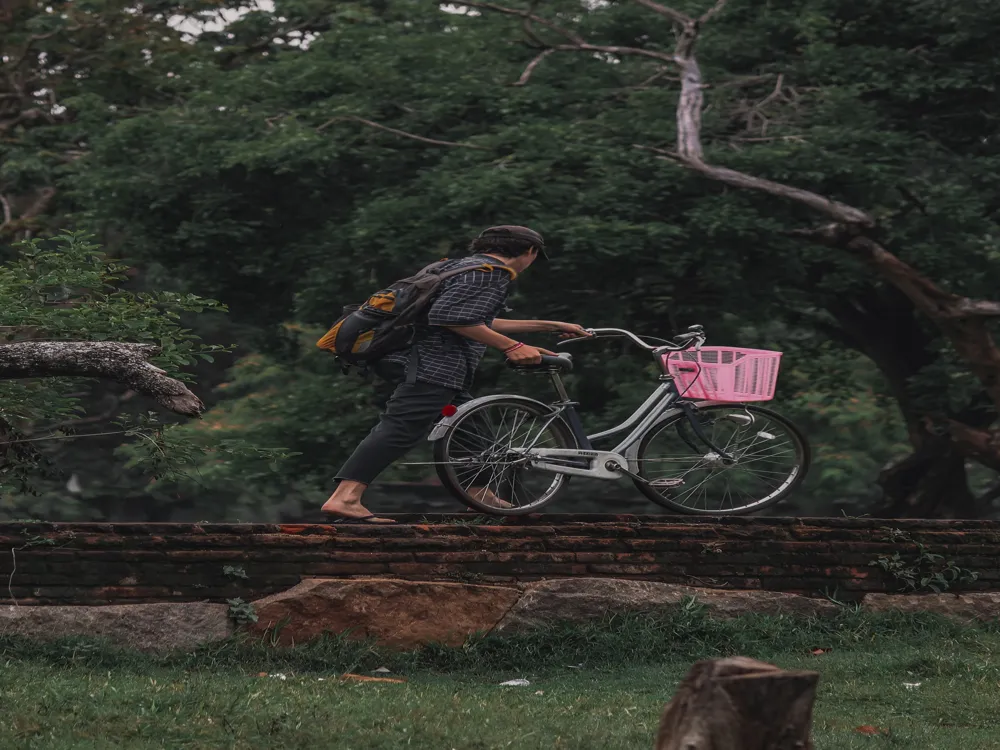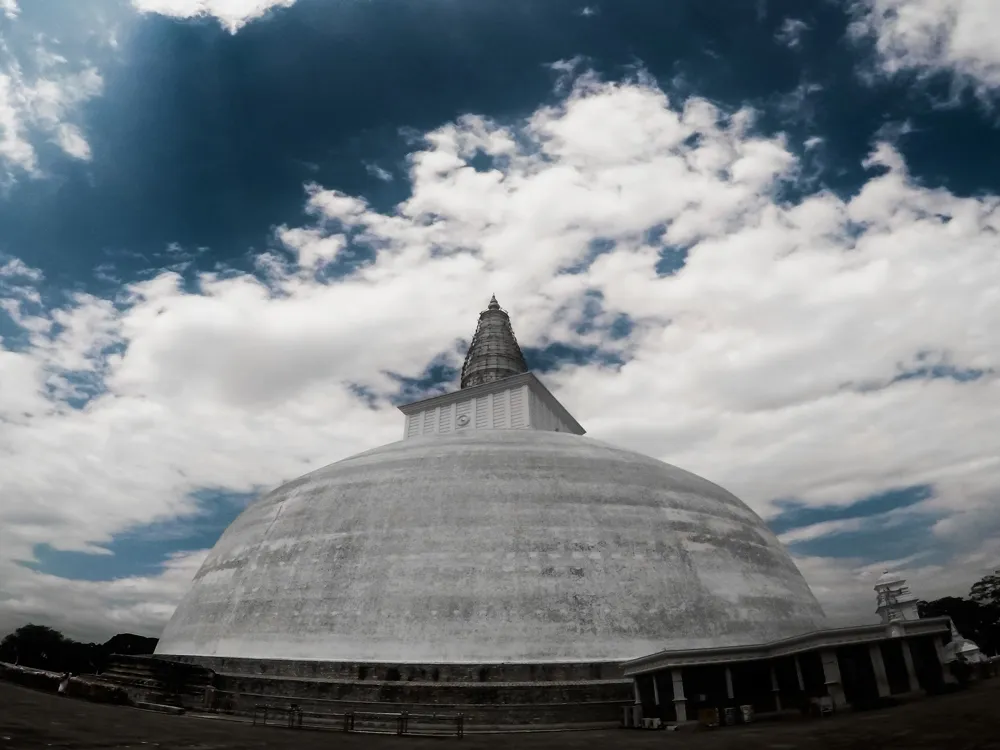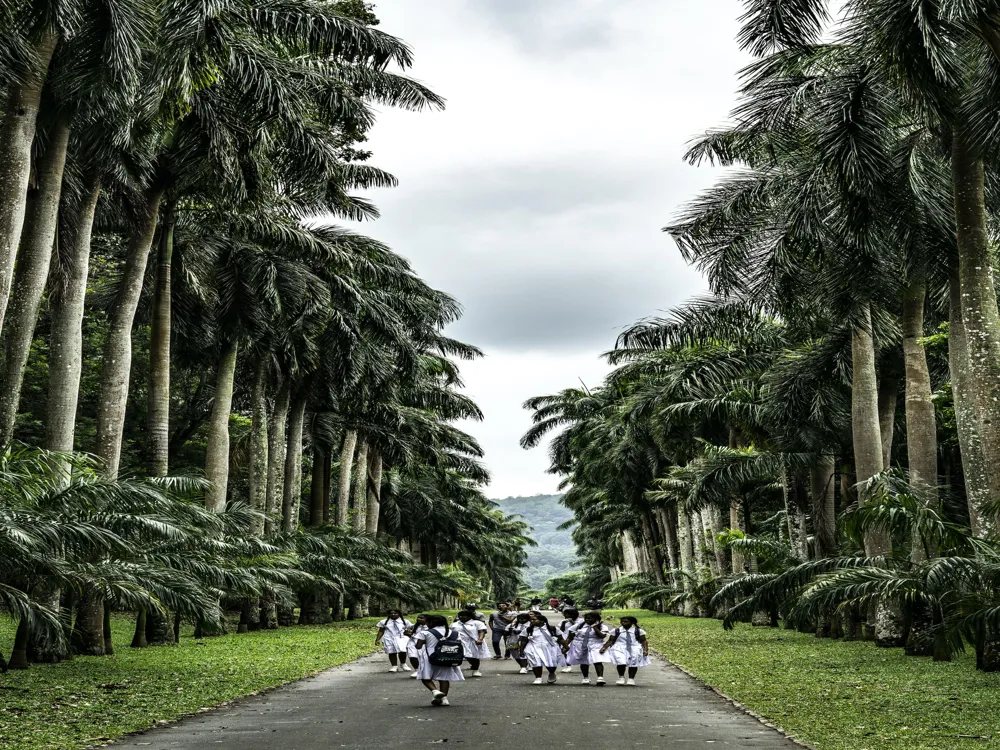Ritigala, nestled in the heart of Sri Lanka's North Central Province, is a site of immense historical and cultural significance. This mystical mountain range, with its dense forest reserve, is not only a natural wonder but also a treasure trove of history, dating back to the Anuradhapura era. Ritigala's rich past is intricately tied to the legendary tales of the Ramayana and the historical chronicles of Sri Lanka, making it a focal point for both mythological and historical research. The mountain range, soaring to a height of about 2,513 feet above sea level, is the highest in the North Central Province. Ritigala's unique microclimate, distinct from the surrounding dry zone, supports a diverse range of flora and fauna, some of which are endemic to the area. This natural diversity, combined with the historical ruins scattered across its terrain, offers a fascinating glimpse into the island's past. Ritigala's history is steeped in tales of hermits and ascetics who sought the isolation of its forests for meditation and spiritual practices. Over time, it became a monastic retreat for Buddhist monks, with the construction of monasteries and meditation paths. The remains of these ancient structures, some dating back to the 1st century BC, are scattered throughout the forest, hidden beneath a canopy of thick foliage. The site's archaeological importance is highlighted by the presence of these ruins, which include stone bridges, meditation walkways, and the remains of ancient reservoirs. The architecture of Ritigala, with its unique blend of natural and man-made elements, is a testament to the ingenuity of ancient Sri Lankan civilizations. The most striking feature of Ritigala's architecture is its harmonious integration with the natural landscape, reflecting a deep understanding and respect for the environment. The ancient builders employed a minimalist approach, using locally available materials to construct their monastic complexes, ensuring that the structures blended seamlessly into the forest setting. One of the most notable architectural features at Ritigala is the intricately designed stone pathways, known as 'Banda Pokuna.' These pathways, built for the monks who inhabited the monastery, are laid with precision and are remarkably well-preserved. They wind through the dense forest, connecting various parts of the monastery, including meditation areas, dwelling units, and communal spaces. The water management system at Ritigala is another architectural marvel. The ancient engineers constructed a network of reservoirs, canals, and intricate drainage systems to harness and distribute water throughout the monastic complex. These waterworks not only provided a sustainable water supply but also helped maintain the lush greenery of the forest, creating a serene and tranquil environment conducive to meditation and spiritual practices. The ideal time to visit Ritigala is during the cooler months from December to April. During this period, the weather is more favorable, with less rainfall and lower humidity, making it easier to explore the ruins and hike through the forest. Visitors should opt for comfortable, breathable clothing suitable for hiking. Lightweight, long-sleeved shirts and pants are recommended to protect against the sun and insects. Sturdy, comfortable hiking shoes are essential for navigating the uneven terrain and stone pathways. It's important to carry essentials like water, snacks, a hat, sunscreen, and insect repellent. A camera or smartphone is recommended for capturing the stunning scenery and ancient ruins. A map or guidebook can also be helpful for navigating the site. Ritigala can be accessed via road from Anuradhapura, which is well-connected by bus and train services from major cities in Sri Lanka. The journey from Anuradhapura to Ritigala takes approximately an hour by road. For a more personalized experience, visitors can hire a taxi or a private vehicle from Anuradhapura or nearby towns. Upon reaching the base of Ritigala, visitors can embark on a trek to explore the ancient ruins and the natural beauty of the forest reserve. Read More:Overview of Ritigala in Anuradhapura
Architecture of Ritigala
Tips When Visiting Ritigala
Best Time to Visit
What to Wear
Essentials to Bring
How To Reach Ritigala
Ritigala
Anuradhapura
₹ 21,999 onwards
View anuradhapura Packages
Weather :
Tags : Buddhist Temple
Timings : 6:00 AM
Time Required : 2 hours
Entry Fee : Foreigners: LKR 511; Locals: INR 51
Planning a Trip? Ask Your Question
Anuradhapura Travel Packages
View All Packages For Anuradhapura
Top Hotel Collections for Anuradhapura

Private Pool

Luxury Hotels

5-Star Hotels

Pet Friendly
Top Hotels Near Anuradhapura
Other Top Ranking Places In Anuradhapura
View All Places To Visit In anuradhapura
Faq on Anuradhapura
What is Ritigala Anuradhapura?
Ritigala is an ancient Buddhist monastery and mountain in Sri Lanka, located near the historic city of Anuradhapura. It is known for its ruins, which are part of a forest reserve, offering a glimpse into the country's rich history and religious significance.
How do I get to Ritigala from Anuradhapura?
To get to Ritigala from Anuradhapura, you can drive or take a taxi. The journey typically takes around 1 to 1.5 hours, covering a distance of approximately 55 kilometers. There are also local buses available, but they may not take you directly to Ritigala, requiring a bit of walking or a short tuk-tuk ride.
What is the best time to visit Ritigala?
The best time to visit Ritigala is during the cooler months from November to March. The weather is more pleasant for hiking, and the risk of rain is lower, making it easier to explore the ruins and natural surroundings.
Are there any entrance fees for Ritigala?
Yes, there is a small entrance fee for visiting Ritigala. The fee contributes to the maintenance and preservation of the site. It's recommended to check the latest fee and opening hours before your visit, as they can change.
What should I wear when visiting Ritigala?
Given the sacred nature of the site and the hiking involved, it is advisable to wear modest, comfortable clothing and sturdy footwear. The paths can be uneven and sometimes steep, so good walking shoes are essential. Also, consider wearing a hat and sunscreen to protect against the sun.
View anuradhapura Packages
Weather :
Tags : Buddhist Temple
Timings : 6:00 AM
Time Required : 2 hours
Entry Fee : Foreigners: LKR 511; Locals: INR 51
Planning a Trip? Ask Your Question
Anuradhapura Travel Packages
View All Packages For Anuradhapura
Top Hotel Collections for Anuradhapura

Private Pool

Luxury Hotels

5-Star Hotels

Pet Friendly
Top Hotels Near Anuradhapura
Other Top Ranking Places In Anuradhapura
Faq on Anuradhapura
What is Ritigala Anuradhapura?
Ritigala is an ancient Buddhist monastery and mountain in Sri Lanka, located near the historic city of Anuradhapura. It is known for its ruins, which are part of a forest reserve, offering a glimpse into the country's rich history and religious significance.
How do I get to Ritigala from Anuradhapura?
To get to Ritigala from Anuradhapura, you can drive or take a taxi. The journey typically takes around 1 to 1.5 hours, covering a distance of approximately 55 kilometers. There are also local buses available, but they may not take you directly to Ritigala, requiring a bit of walking or a short tuk-tuk ride.
What is the best time to visit Ritigala?
The best time to visit Ritigala is during the cooler months from November to March. The weather is more pleasant for hiking, and the risk of rain is lower, making it easier to explore the ruins and natural surroundings.
Are there any entrance fees for Ritigala?
Yes, there is a small entrance fee for visiting Ritigala. The fee contributes to the maintenance and preservation of the site. It's recommended to check the latest fee and opening hours before your visit, as they can change.
What should I wear when visiting Ritigala?
Given the sacred nature of the site and the hiking involved, it is advisable to wear modest, comfortable clothing and sturdy footwear. The paths can be uneven and sometimes steep, so good walking shoes are essential. Also, consider wearing a hat and sunscreen to protect against the sun.







